
For those new to record collecting the huge array of abbreviations and terminology can be bewildering to say the least, so if you don’t know your acetate from your elbow or your promo from your die-cut sleeve, fear not! We’ve put together this short summary of some of the most commonly used terms and abbreviations in the world of collectable Vinyl Records, CDs & Memorabilia.
Acetate/Lacquer: Is usually a reference cut that is made on ultra high-grade methyl cellulose sprayed onto thick aluminium discs. Reference acetates are primarily to make certain the record will sound somewhat like the tape. Often they are also made to allow a club or radio disc-jockey to play the music on turntables before it has been pressed as a normal record. Acetate is a misnomer (but frequently used!). It is actually a Lacquer. In record collecting terms acetates/lacquers can be highly collectable, especially if they are by known (and collectable) artists.

Catalogue numbers: Almost every commercial release has a unique catalogue number. This can be a combination of both letters and numbers. Promotional items very often have different catalogue numbers to the commercial release and are often easily spotted as the catalogue number will be prefixed “PRO”, “DJ” or “PR”. There is however no set pattern at all and catalogue numbers are rarely issued in sequence for a particular artist. Our descriptions often use the abbreviation “cat#” or “cat no.”.
CD3 or 3″ CD The smaller 3″ CD disc, now mostly only produced in Japan (see Snap-packs). Not to be confused with the Minidisc. A large number of early CD singles were made in this format. Should play on most CD players without the need for a plastic adaptor.
CD-R or CD acetates Recordable CDs, usually gold or silver in colour. These differ from regular CD discs as the audio information on them is “burned” on in real time rather than “pressed”. This makes them suitable for short production runs, where anything from a single copy to several hundred copies are required.
CD-Video A largely obsolete but highly collectable format, briefly popular during the late 1980s. CD-Videos were produced on 5″, 8″ or 12″ size discs and can be played on some laserdisc players. 5″ CD-Video discs have the advantage of containing audio tracks which can be played on a regular CD player.
Coloured vinyl Any colour in the spectrum other than black. Can be a single primary colour, or a mixture of colours, e.g. “splattered”, “marbled” etc. Occasionally vinyl which appears, at first glance, to be black may well be pressed on translucent coloured vinyl, hence when held to a strong light source the disc will appear brown or red.
Counter display Similar to a display card, but has a piece on the reverse which will enable the display to
stand upright. Usually placed around the cash desk area in a record store (where it’s most likely to attract
your attention).
Custom sleeve A picture or title sleeve that is unique to the promotional pressing and is not used for the commercial release.
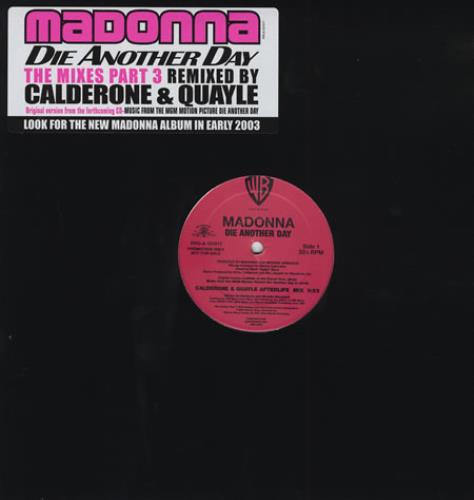
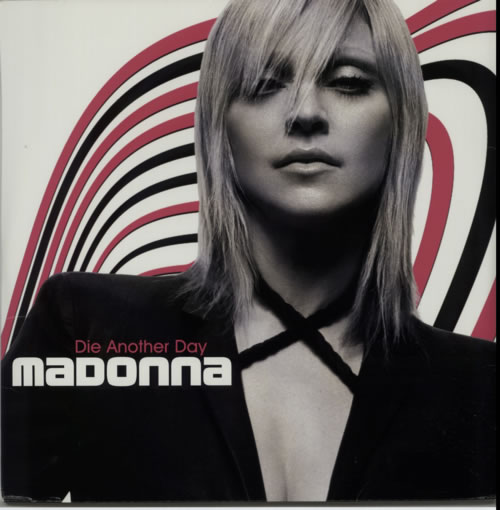
Cut out A deleted item that has been saw cut, clipped or drilled by the record company to prevent it
being sold as full price product. These are found mainly on old US/Canadian releases.
DAT Digital Audio Tape. About half the size of a conventional cassette. A few titles were made commercially available on this format in the mid 80s. No longer considered a domestic format, it is still used widely within the music industry for recording and mastering purposes.
DCC Digital Compact Cassette. Slightly smaller than a conventional cassette. An early competitor to Minidisc which did not really gain popularity.
Deleted An item is termed deleted when it is no longer possible to order new stock direct from
the record company.
Double pack A set of two CD or vinyl discs. The term is usually associated with promotional double 12″ releases issued for DJ purposes, double 7″ single sets or two part CD singles.
Die-Cut A sleeve with a custom cut area or hole, usually intended to reveal a picture disc, coloured vinyl disc or the label, without having to remove it from the sleeve.
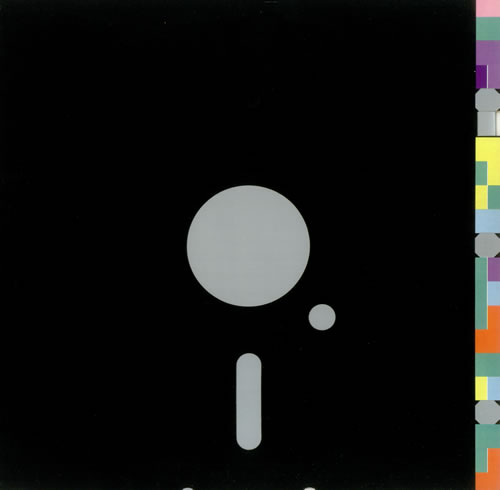
Digipak A folding cardboard CD sleeve into which is glued a plastic tray that holds the disc.
Display card / Display flat Picture, title or colour display on card for promoting an artist or single. Usually the type of thing you would see stapled to the wall of your local record store.
DualDisc A two-sided disc made up of a CD on one side and a DVD on the other, DualDisc’s breakthrough technology allows one disc to have it all. A full album on the CD side. All sorts of special material on the DVD side, including the full album in a 5.1 Surround Sound or enhanced audio mix, exclusive video content and lyrics.
DVD (Digital Video Disc) CD sized visual/audio format. DVD’s are region specific (see below) and require DVD player or other compatible hardware.
DVD-A (DVD Audio) CD sized format which betters the audio experience through dvd technology. DVD-A needs a dvd-a player or dvd player, they are not cd player compatible.
Foxing Foxing is the condition where aging has led to the formation of light brown ‘freckles’ on the paper of a sleeve. According to the Library of Congress; “Foxing is often caused by high humidity and temperature extremes where items are stored. Other common culprits are certain ingredients found in older inks. Also, metals such as copper and iron, left over as trace contaminants from paper-pulping methods widely used in the late-18th and 19th centuries, can cause foxing as well.” The causes of foxing are not well understood. One theory is that foxing is caused by a fungal growth on the paper. Another theory is that foxing is caused by the effect on certain papers of the oxidation of iron, copper, or other substances in the pulp or rag from which the paper was made. It is possible that multiple factors are involved. It is believed that high humidity contributes to foxing.
Gatefold A sleeve folded down the centre to create a double pocket. Often abbreviated to “g/fold” or “g/f”.
Gold stamped Regular or promotional sleeve to which an embossed gold “stamp” has been applied stating that it is a promotional or advance copy. Does not necessarily mean the actual disc will be a promotional copy.
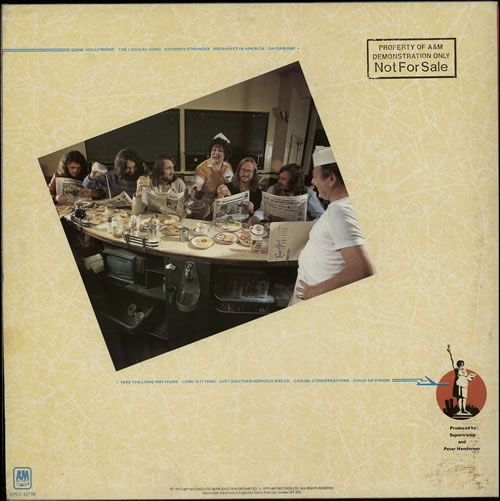
Jewel case The transparent outer plastic case of a compact disc. Sometimes manufactured from translucent coloured plastic or custom etched.
Japanese Promo Items Such examples carry either Japanese lettering or English wording on the disc if CD, or on the label if vinyl. In the case of CDs, this can be printed or machine stamped. Check carefully, these markings can be very tiny in either case. CDs often carry a sticker covering the barcode, usually where a finished copy of the CD is being used to promote the release, rather than label budget being used to manufacture special promotional only variants, which are quite separate, very very limited and completely different to the commercial issue and carry a unique catalogue number. Vinyl will have demarcations printed to the label, and sometimes stickers on sleeve and obi-strip. Early promos might have had a tiny sticker on the label.
Limited edition Limited pressing or issue where a strict number of units has been manufactured & distributed, usually with no likelihood of a repressing once sold out. Differs from a regular issue, which is intended to be available for a longer period and may be repressed to meet demand. Usually abbreviated to “ltd” or “ltd edn”. May sometimes be individually numbered.
Matrix number The number or numbers in the run-off groove of a record or around the centre ring on the playing side of a compact disc. Identifies a particular pressing from other pressings of the same item. For example, the only way to tell which mix of Frankie Goes to Hollywood’s ‘Relax’ 12″ you may have (there are three different ones with identical labels) is purely by the matrix in the run off groove.
Maxi-single European term for an extended play 12″ or CD single.Minidisc An increasingly popular digital format housed inside a 5cm x 5cm cartridge.
Not to be confused with the 3″ CD.
Minimax CD A 5″ CD with a 3″ playing area in the centre and clear plastic surround.
No’d Numbered – usually referring to the packaging of limited editions.
NTSC Video standard for North America & Japan. Will not play on PAL systems.
Obi-strip The outer paper band around Japanese vinyl releases or the strip affixed to Japanese CDs. These give Japanese language information concerning the item and are usually decorative and highly attractive. Obi-strips are very rare on Japanese items dating from before the late 1960s.
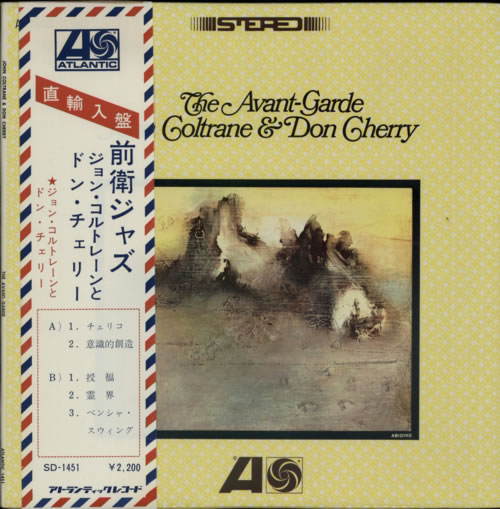
O.S.T. Original Sound Track. The soundtrack to a film, play, show or TV programme.
PAL Video standard for the UK, Australia & most of Europe. Will not play on NTSC systems. All our videos are PAL system unless stated otherwise.
P/S Picture sleeve or picture cover. Will not necessarily feature a picture of the group. We will still sometimes refer to an item having a picture sleeve even if there are only titles on the sleeve.
Picture insert A printed flat paper or card insert placed in front or behind a disc and housed in a plastic sleeve or case. Picture discs sometime come with a printed backing card and most Japanese 7″ singles have a picture insert rather than a printed pocket sleeve.
Poster sleeve Vinyl record that comes in a picture sleeve which when unfolded can be used as a poster.
Press kit As below but with the addition of a CD, cassette or vinyl format.
Press pack / Press kit A combination of printed or photocopied literature (possibly on Record Company headed paper) usually accompanied by a promotional photograph. Sent out to the media, newspapers, magazines, etc, containing new release information and/or biography material about an artist. Sometimes contained in an A4 folder, possibly customised for the artist/release concerned. No set formula, but most DO NOT contain any music. We generally refer to a combination of music format & press information as a press kit.
Press release Usually a single A4 sheet sent out with advance or promotional copies of a release and containing additional information for journalists or urging DJs to feature the item on their playlist.
Promo A very broadly used word! Technically this is any item produced specifically to be used in promoting an artist or release to the media, DJ’s, shops, radio stations, etc. Any item classed as promo or promotional will have some distinguishing feature that makes it different from any commercially available release. Promo items commonly contain one of the following phrases: Promo(tional) Use Only, DJ Use Only, Play It Say It Don’t Sell It, Not For Sale or Not For Resale. Not every promo item states that it is promo or uses any of the above terms, some merely use specific catalogue numbers or prefix/suffix the catalogue number of the normal commercial issue with “DJ”, “ADV”, “PR”, “PRO” or just plain “P”! Items referred to as PROMO-ONLY in our descriptions generally do not have an exact commercial counterpart.
Proof artwork or sleeve Basically a test run of a sleeve or other piece of packaging. Probably will not have any promotional markings but will be noticeably different to the finished commercial item as they usually retain the printers colour keys and are generally not cut or folded as the finished item would be.
SA-CD – Super Audio CD CD sized format which betters the audio experience through dvd technology. SA-CD are only playable in SA-CD players, the SA-CD ‘Hybrids’ will play in CD & DVD players
SACD (Super Audio Compact Disc) is a high-resolution audio disc developed by Sony and Philips (who also developed the CD). The format offers more audio channels (e.g. surround sound), a higher bit rate, and longer playing time than a conventional CD. CD players can’t play SACDs, but SACD players are backward compatible with conventional CDs. The SACD is designed to be played on an SACD player; however, hybrid SACDs contain a track that may also be played on a standard CD player.
SECAM French video standard. Only plays in black & white on PAL systems.
Second Hand is just that: previously owned by a private individual (sometimes called “pre-owned”). Our focus is on condition and quality so the phrase ‘second hand’, whilst factually correct in the case of most items, is largely unimportant. What is important to us, our customers and collectors is the condition and quality of every item we offer and how it has been cared for previously; this will be described or referred to in our grading against every item.
Shaped picture disc or CD A disc which is custom cut to whatever shape required! Vinyl discs are cut with a 7″ or 10″ playing area. Usually a collectable limited edition pressing.
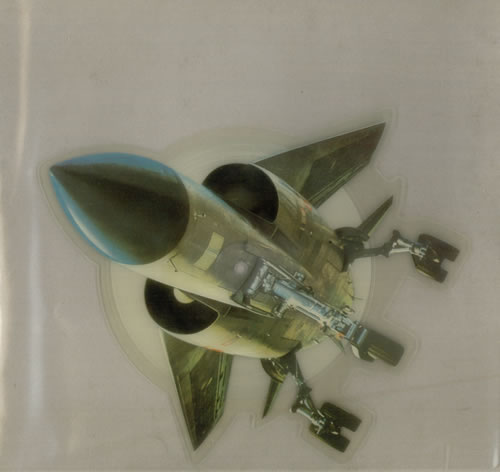
Shellac Shellac isn’t polystyrene or a type of vinyl. Shellac is a commercial resin marketed in the form of amber flakes, made from lac, the secretion of the family of lac-producing insects, most commonly found in South East Asian forests. Until the advent of vinyl in 1938, phonograph records were pressed from shellac compounds. This use was common until the 1950s, and continued into the 1970s in some non-Western countries. Shellac “78s” are brittle, and must be handled carefully. Not least their fragility, another problem with Shellac was that the size of the disks tended to be larger due to the fact that it was limited to 80-100 groove walls per inch before the risk of groove collapse became too high, whereas vinyl could have up to 260 groove walls per inch.
SHM-CD (Super High Material Compact Disc) is a high quality format featuring enhanced audio quality through the use of a special polycarbonate plastic. Using a process developed by JVC and Universal Music Japan discovered through the joint companies’ research into LCD display manufacturing, SHM-CDs feature improved transparency on the data side of the disc, allowing for more accurate reading of CD data by the CD player laser head. SHM-CD format CDs are fully compatible with standard CD players. Experience the high-fidelity audio quality of the SHM-CD format
Snap-pack Unique form of packaging for Japanese 3″ CD singles. A 6″ x 3″ card sleeve folded over a plastic frame which holds the CD. The frame can be “snapped” down to 3″ x 3″ size and the sleeve folded around it. We sell these “snapped” used Japanese 3″ CDs at a much lower price than unadulterated examples.
Test pressing A pressing made to test quality in advance of a longer run or for use as promos prior to finished promo or commercial product being available. Some test pressings have studio labels or just plain white labels instead of record company labels. Some test pressings have different catalogue numbers to domestic releases. Sometimes abbreviated to “T/P”.
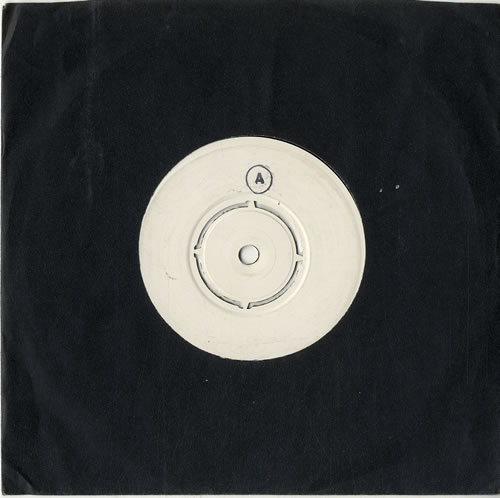
Uncut picture disc An item which when commercially released was a shaped disc, but for test pressing purposes has been left circular with either a clear or coloured surround around the actual picture. Only ever a handful in circulation.
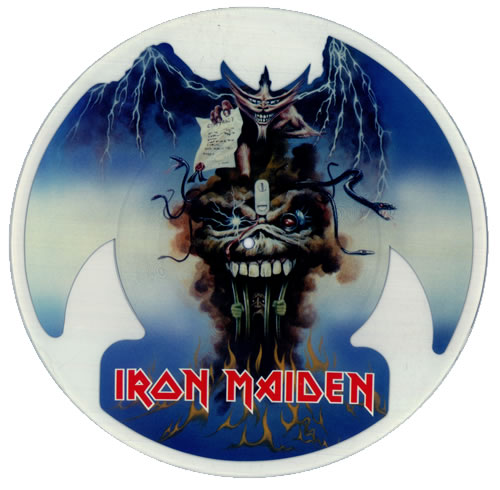
Vintage is generally applied to an item that is over 20 years old. Once it’s 100 years old it can be classed as antique. “True vintage” can be applied to items around 50 years old. Typically, vintage is applied to clothing although it is a word that is often used to describe all manner of collectables. The ‘vintage’ clothing for sale on our site is by definition old, and quite possibly is pre-worn. It is however chosen with the highest degree of consideration for condition. Each item and it’s particulars will be described in fine detail. With this in mind, please thoroughly study any item before you place your order.
White label A promotional pressing with a completely blank label denoting it is promo only. May also have unique black on white printed labels with just artist & title information or “A” & “B” symbols. Some white labels have different catalogue numbers to domestic releases.
Wallet sleeve Cardboard pocket into which a CD can be slipped.
Wax North American term for vinyl. Commonly found in the phrase “Coloured wax”.
Z-Pack CD case that opens out to a “Z” shape. Generally narrower that a regular double CD case and usually intended to hold a double CD single set.
Explore eil.com for a huge range of rare vinyl, imports, test pressings, promos, in fact all things vinyl related!
eil.com – the world’s best online store for rare, collectable and out of print Vinyl Records, CDs & Music memorabilia since 1987

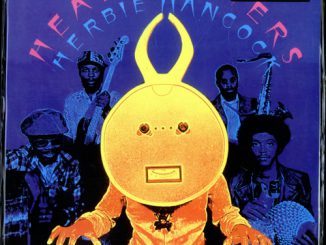

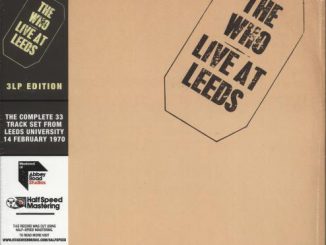
I have boxes of Cab Callaway, Xavier Cugat, and that area of vingle. How do I found out their value???
Start by identifying your version. Check the details at discogs.com for instance.